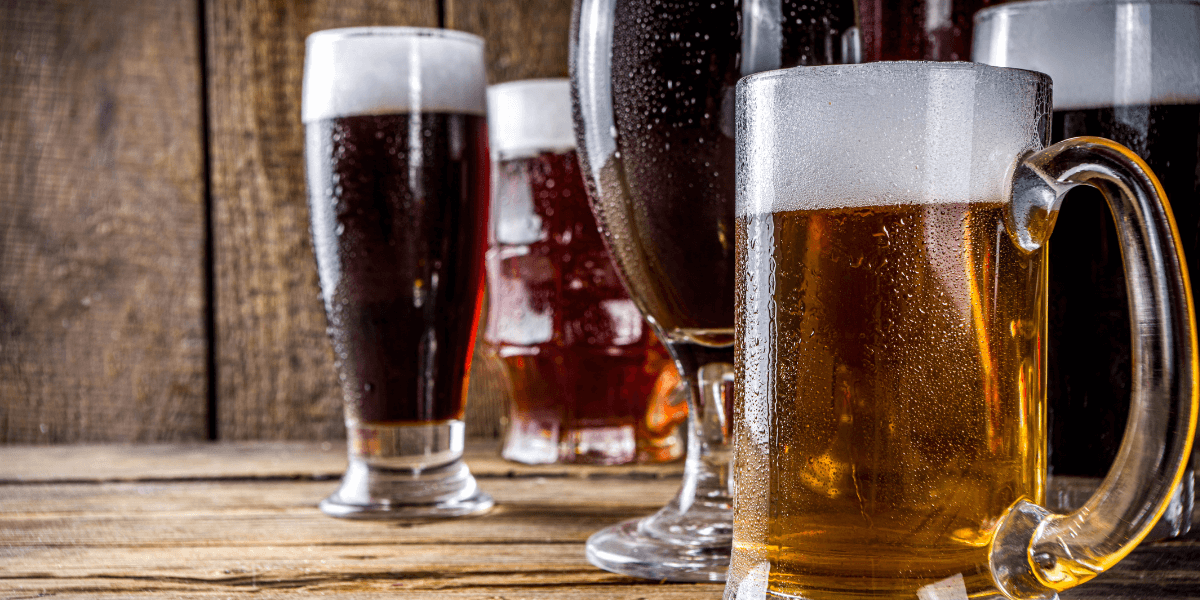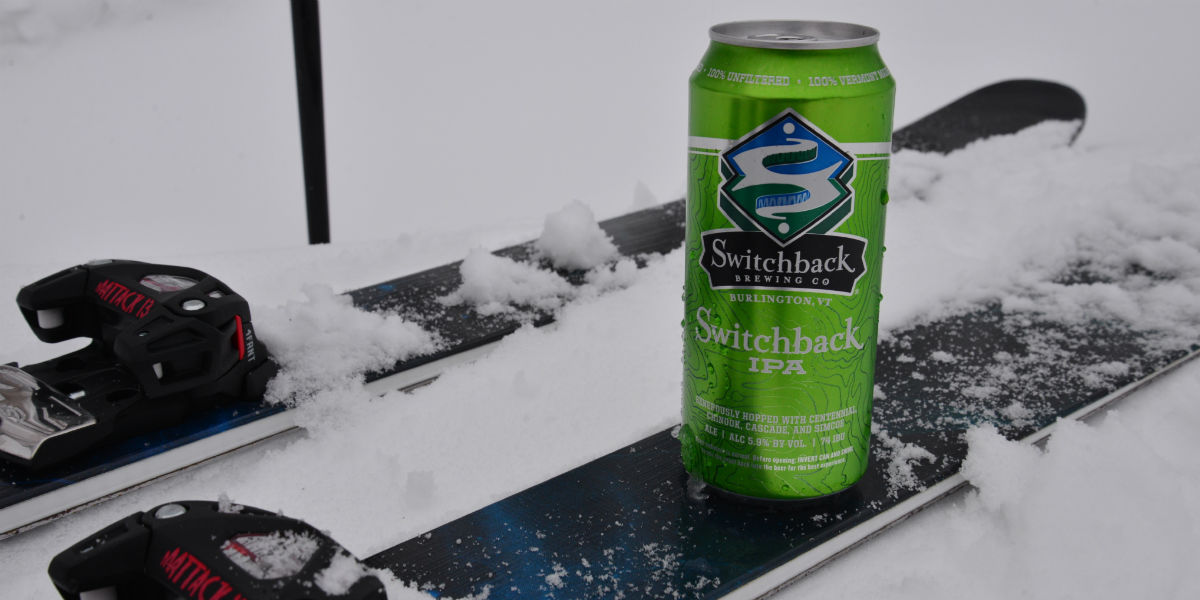
As someone who is passionate about brewing craft beer, particularly hazy IPAs, I’ve spent a lot of time experimenting with different aspects of this unique style. I’ve always been fascinated by the thick, juicy texture and vibrant flavors that hazy IPAs bring to the table. But through trial and error, one thing became clear: choosing the right yeast strains for hazy IPAs is essential for achieving that perfect, hazy look and juicy flavor profile that makes this style so beloved by many.
Hazy IPAs are distinct for their cloudy appearance, tropical fruit-forward flavors, and smooth mouthfeel. And although much of the focus in brewing hazy IPAs is often on hops and the grain bill, I’ve learned that yeast plays an equally critical role in determining the final outcome. In this article, I’ll dive into the importance of yeast strains for hazy IPAs and share some of my top recommendations for creating a delicious, hazy brew.
Why Yeast Strains Matter for Hazy IPAs
When I first started brewing hazy IPAs, I didn’t fully appreciate the role yeast plays in the final beer. I thought hops and grains were the key players, and the yeast would just do its job in fermentation. However, as I honed my brewing techniques, I quickly realized that yeast is crucial for more than just fermentation. It impacts the aroma, flavor, body, and mouthfeel of the beer, all of which are especially important for hazy IPAs.
The haze in a hazy IPA is not just the result of unfiltered hops or oats. Yeast contributes significantly to the haze by producing proteins and other compounds during fermentation that stay suspended in the beer. Additionally, yeast can add a range of flavors, from fruity esters to subtle spice notes, which can complement and enhance the hops’ tropical fruit characteristics. As I continued to explore different yeast strains for hazy IPAs, I began to see how they could bring out the best in the hops I used, making the beer taste fresher, fruitier, and more vibrant.
How Yeast Contributes to Flavor and Mouthfeel
One of the most important aspects of brewing hazy IPAs is creating a smooth, juicy mouthfeel. The yeast strain you choose can impact this texture significantly. Some yeast strains for hazy IPAs contribute to a creamy, full-bodied beer by leaving behind a small amount of residual sugar after fermentation. This adds to the beer’s smoothness and helps give it that satisfying, pillowy mouthfeel.
In addition to mouthfeel, yeast strains for hazy IPAs can also influence the beer’s flavor profile. Yeast produces esters, which are aromatic compounds that contribute fruity and floral notes. In hazy IPAs, you want yeast strains that enhance tropical fruit flavors such as pineapple, mango, or citrus. By fermenting at a specific temperature range, you can encourage yeast to produce these esters and create a beer that bursts with juicy, fruity flavors that balance the bitterness of the hops.
Top Yeast Strains for Hazy IPAs
Through years of brewing and experimenting with hazy IPAs, I’ve found a few yeast strains that consistently deliver great results. If you’re looking to brew a hazy IPA that lives up to the hype, these strains are some of my go-to picks:
1. Wyeast 1318 London Ale III
One of my all-time favorite yeast strains for hazy IPAs is Wyeast 1318 London Ale III. This strain is well-known for its ability to bring out vibrant fruity flavors and aromas, such as peach, pineapple, and passionfruit. London Ale III is perfect for hazy IPAs because it produces a relatively high level of fruity esters while maintaining a smooth mouthfeel.
This strain has a moderate flocculation rate, meaning it will leave behind some yeast cells and proteins in the beer, which contributes to the hazy appearance. What I love about this strain is its ability to complement the hops, letting the tropical fruit notes shine without overpowering the beer’s overall balance. It’s also easy to work with, which makes it a great choice for both beginners and experienced brewers alike.
2. Omega Yeast OYL-052 “The Juice”
Another excellent option for hazy IPAs is Omega Yeast OYL-052, better known as “The Juice.” This strain is tailored specifically for hazy beers and is often used by brewers to create juicy, fruity IPAs with minimal effort. The Juice has a high ester profile, giving the beer flavors of orange, mango, and pineapple. If you want a hazy IPA that’s bursting with tropical fruit character, this is a strain you should definitely consider.
The Juice also has a high attenuation rate, which means it will ferment more sugars and result in a slightly drier beer. Despite the dry finish, it still retains a silky mouthfeel that is characteristic of a good hazy IPA. This strain is particularly good for IPAs that showcase intense hop aromas, as it won’t overpower the hop profile.
3. Safale US-05
If you prefer a cleaner, more neutral yeast strain that lets the hops do most of the talking, Safale US-05 is a reliable choice. While not as fruity as some other strains, US-05 allows the hops to shine through with clarity. This strain doesn’t produce as many esters as Wyeast 1318 or The Juice, but it does produce a smooth mouthfeel that complements the hop-forward nature of hazy IPAs.
US-05 is a clean, American ale yeast that works well for hazy IPAs when you want the focus to be on the hop bitterness and flavor. This strain’s neutral nature helps create a beer that’s refreshing and balanced, with just the right amount of body and smoothness.
Tips for Using Yeast Strains for Hazy IPAs
When you’re working with yeast strains for hazy IPAs, there are a few important tips to keep in mind. First, temperature control is essential for getting the best results from your yeast. Different yeast strains work best at specific fermentation temperatures, so it’s important to follow the recommended temperature range to ensure optimal yeast activity and flavor development.
Second, consider the impact of your yeast on the beer’s haze. Some yeast strains are more prone to flocculating (settling out of suspension) than others, which can result in a clearer beer. If you’re after that signature hazy appearance, choose a strain with moderate to low flocculation that will leave behind more suspended particles and yeast cells.
Finally, keep in mind that fermentation time can affect the flavor of your beer. While hazy IPAs are often brewed for a relatively short fermentation period, it’s important to give your yeast enough time to fully finish fermenting the beer. Rushing the fermentation process can result in off-flavors or incomplete fermentation, which can affect the final taste and mouthfeel.
Conclusion
As I’ve learned through my own brewing journey, yeast strains for hazy IPAs are a critical component in crafting the perfect beer. The yeast strain you choose impacts the beer’s flavor, aroma, mouthfeel, and even its haze. By selecting the right yeast, you can create a hazy IPA that’s bursting with tropical fruit flavors, smooth on the palate, and full of character. Whether you go with the fruity esters of Wyeast 1318, the juicy profile of Omega Yeast’s The Juice, or the neutral balance of Safale US-05, the right yeast strain can elevate your hazy IPA to new heights. So, experiment with these strains and find the one that best suits your brewing style!




